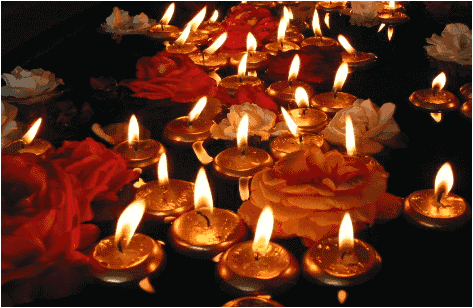
28/12/2008
07/12/2008
Édouard Manet







Édouard Manet was born in Paris on 23 January 1832, to an affluent and well connected family. His mother, Eugénie-Desirée Fournier, was the daughter of a diplomat and the goddaughter of the Swedish crown prince, Charles Bernadotte, from whom the current Swedish monarchs are descended. His father, Auguste Manet, was a French judge who expected Édouard to pursue a career in law. His uncle, Charles Fournier, encouraged him to pursue painting and often took young Manet to the Louvre. In 1845, following the advice of his uncle, Manet enrolled in a special course of drawing where he met Antonin Proust, future Minister of Fine Arts, and a subsequent life-long friend.
At his father's suggestion, in 1848 he sailed on a training vessel to Rio de Janeiro. After twice failing the examination to join the navy, the elder Manet relented to his son's wishes to pursue an art education. From 1850 to 1856, Manet studied under the academic painter Thomas Couture, a painter of large historical paintings. In his spare time he copied the old masters in the Louvre.
From 1853 to 1856 he visited Germany, Italy, and the Netherlands, during which time he absorbed the influences of the Dutch painter Frans Hals, and the Spanish artists Diego Velázquez and Francisco José de Goya.
In 1856, he opened his own studio. His style in this period was characterized by loose brush strokes, simplification of details, and the suppression of transitional tones. Adopting the current style of realism initiated by Gustave Courbet, he painted The Absinthe Drinker (1858-59) and other contemporary subjects such as beggars, singers, Gypsies, people in cafés, and bullfights. After his early years, he rarely painted religious, mythological, or historical subjects; examples include his Christ Mocked, now in the Art Institute of Chicago, and Christ with Angels, in the Metropolitan Museum of Art, New York.
06/12/2008










Brigitte Bardot was born on September 28, 1934, in Paris, France. Her father had an engineering degree and worked with his father in the family business. Her mother was 14 years younger than Brigitte's father and they married in 1933. Brigitte's mother encouraged her daughter to take up music and dance, and she proved to be very adept at it. By the time she was 15 Brigitte was trying a modeling career, and found herself in the French magazine "Elle". Her incredible beauty readily apparent, Brigitte next tried films. In 1952 she appeared on screen for the first time as Javotte Lemoine in Trou normand, Le (1952). Two more films followed and it was also the same year she married Roger Vadim. The two had known each other years earlier and she wanted to marry him when she was 17, but her parents quashed any marriage plans until she turned 18. The union lasted only five years. Capitalizing on her success in French films, she made her first US production in 1953 in Un acte d'amour (1953) with Kirk Douglas, but she continued to make films in France. Brigitte's explosive sexuality took the US by storm, and the effect she had on millions of American men who hadn't seen a woman like her in a long, long time--if ever--was electric. took the US by storm, her explosive sexuality being unlike anything seen in the US since the days of the "flapper" in the 1920s. rise to the phrase "sex kitten" and fascination of her in the US consisted of magazines photographs and dubbed over French films--good, bad or indifferent, her films drew audiences--mainly men--into theaters like lemmings. In 1965 she appeared as herself in the American-made Dear Brigitte (1965) with James Stewart (she only appeared in one scene). Just before she turned 40, Brigitte retired from movies after filming Histoire très bonne et très joyeuse de Colinot Trousse-Chemise, L' (1973). She prefers life outside of stardom. While it enabled her to become internationally famous, it also carried with it annoyances. It wasn't anything for her to have "fans" enter her house or wander around the grounds of her home in the hopes of getting a glimpse of her or to take something that belonged to her. Paparazzi constantly hounded her with their cameras. She has been so soft-hearted that some people even have taken advantage of her generosity. After her life in the spotlight, Brigitte went on to become a leading spokesperson for animal rights and started the "Foundation Brigitte Bardot" dedicated solely to that cause. Her work in that realm is, perhaps, far greater than any film she could have made.

